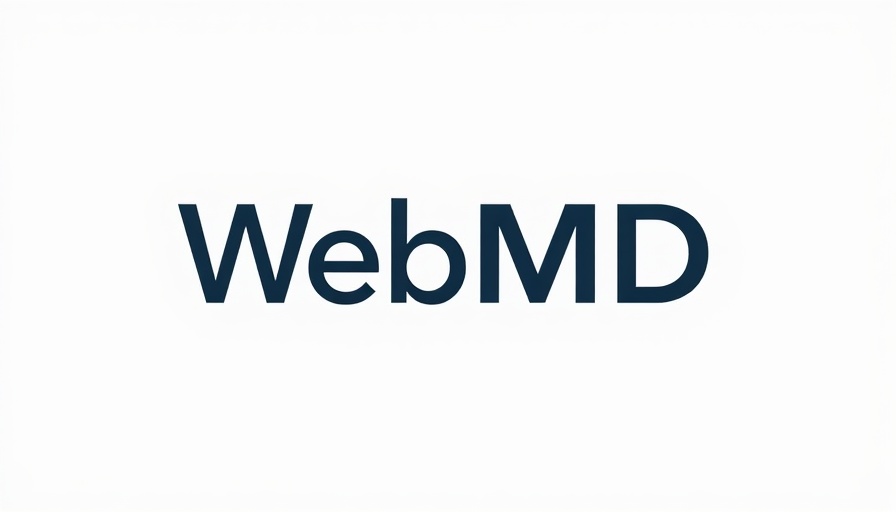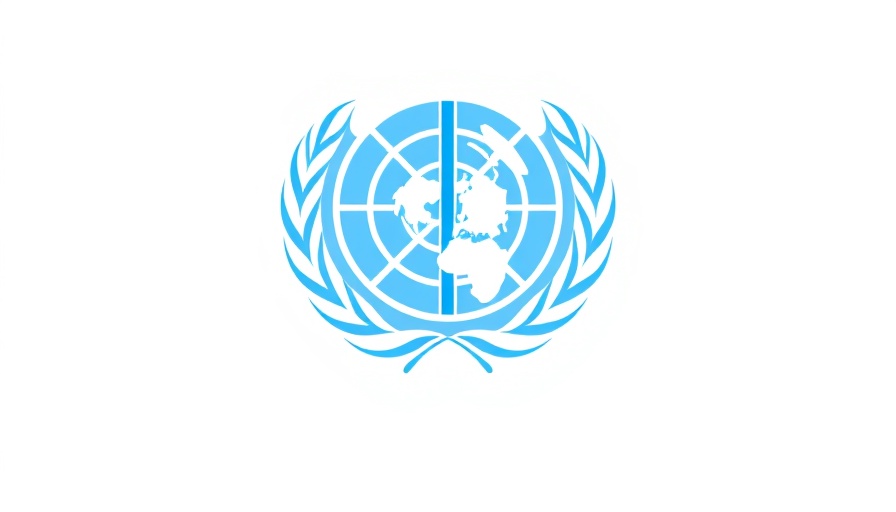
The Rising Threat: Understanding Legionnaires' Disease
As reports illuminate the growing Legionnaires' disease cluster in New York City, the urgency to comprehend this illness becomes paramount. Legionnaires' disease is a severe form of pneumonia caused by the bacterium Legionella, which thrives in warm water environments. It can lead to serious health complications, especially for those with weakened immune systems, the elderly, or those with underlying health conditions. Recent statistics indicate that three people have tragically died, and at least 67 others have fallen ill due to this outbreak.
Why This Outbreak Matters: A Closer Look
The implications of this outbreak extend beyond mere statistics; they resonate with community health and safety. Legionnaires' disease is not contracted through person-to-person contact but rather through inhaling contaminated water droplets. These droplets can disperse from various sources including hot tubs, cooling towers, and large plumbing systems—often found in hotels, hospitals, and other densely populated buildings. Understanding how these bacteria proliferate could be pivotal in avoiding further outbreaks.
Historical Context: Previous Legionnaires' Outbreaks
This is not the first time New Yorkers have faced the debilitating effects of legionnaires’ disease. Notably, in 2015, a similar outbreak swept through the South Bronx, leading to 12 deaths and over 100 confirmed cases. The city responded by inspecting towers and increasing awareness about maintenance standards, yet the cyclical nature of these outbreaks raises questions about long-term solutions and compliance with health codes.
What Are Health Officials Doing?
In light of this current cluster, health officials have ramped up efforts to identify the source of the outbreak. They've begun inspecting buildings within the vicinity of reported cases and urging property owners to follow strict maintenance protocols for cooling systems. Such urgency is crucial, as early identification of contamination sources can greatly mitigate the spread of this dangerous bacterium. Additionally, health departments are boosting their surveillance efforts and engaging in public awareness campaigns to educate residents about the risk factors and symptoms.
The Role of Public Awareness in Prevention
Public awareness can play a critical role in combating this health issue. Knowledge about symptoms—a high fever, cough, muscle aches, and headaches—can enable quicker responses in seeking medical assistance. Community leaders and health officials emphasize the importance of vigilance concerning water sources, especially in communal living environments, to protect at-risk populations.
Counterarguments: The Challenge of Building Maintenance
Despite these measures, some critics argue that the responsibility cannot solely rely on health departments and property management. There is a growing concern that financial constraints may hinder rigorous maintenance practices, especially for older buildings where plumbing and water systems are more prone to harboring Legionella. This brings to light the necessity of public-private partnerships in addressing building health, pushing for reforms that ensure compliance with health standards while also considering financial viability for property owners.
Future Insights: How Will This Affect Urban Health Policies?
Looking ahead, the response to this outbreak might trigger changes in urban health policies. As cities grow and infrastructure ages, city planners and health regulators may be compelled to rethink how they monitor and maintain water systems. Investments in technology that can detect legionella contamination or better training for maintenance staff could emerge as priorities in the wake of this tragedy.
Final Thoughts and Moving Forward
As the number of reported cases increases and the search for the source continues, it’s essential for communities to stay informed and proactive. By understanding the risks involved with Legionnaires' disease and recognizing the critical importance of water maintenance, cities can better safeguard their residents against future outbreaks. The tragic loss of life underscores the need for a coordinated response, and a renewed commitment to public health and safety.
 Add Row
Add Row  Add
Add 




Write A Comment